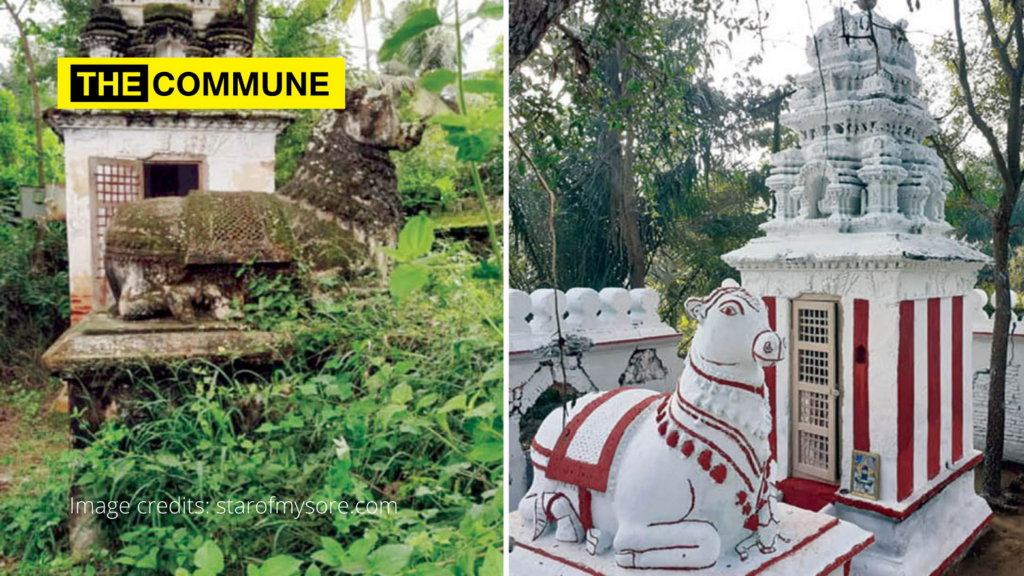Temples, in their diverse styles and forms, are undoubtedly integral to Hindu traditions. Hindus go to temples to experience darshana of the deity, to take part in rituals (such as puja or aarati) and festivals (such as rathotsava or brahmotsava), and so on. Temples are also tirthasthalas, sacred sites where Hindus come from far and near. Temple grounds are also venues for the singing of bhajans and kirtans and the oration of pravachans and satsangs. Some Hindus get married in temples or commemorate their marriage in temples. Parents often choose to commemorate the birth of their child in temples, or to observe the infant’s first tonsure or first solid meal in the temple premises. Some Hindus also perform rituals to mark the death of a loved one in temples. Why, people also go to temples to mark the purchase of new vehicles!
All in all, Hindu temples are spaces for the Hindu community – spaces that are very much intertwined with daily life.
Given this enormous significance of temples for Hindus even today, it is indeed sad that several temples in India are in a ruinous state, either due to the apathy of the Archaeological Survey of India or the borderline-abusive neglect of the various HRCE departments. Some temples, however, are just lost in the metaphorical (sometimes quite literal, as was in this case) wilderness – away from the “cares” of the concerned government authorities and forgotten by the populace.
One group of youth from Karnataka decided to do something about this.
The “Yuva Brigade”, a group of young enthusiasts with great zeal and a penchant for initiative, took matters into their own hands. They decided to restore dilapidated temples in their native districts of Mysuru and Mandya. They have a history of renovating many temples and ancient monuments.
In their latest endeavour, they have restored the Veerabhadraswamy Temple at Ganjam village, near the famed temple-town of Srirangapatna. The temple was in a state of utter disrepair, covered by weeds and brambles. Though located near a major thoroughfare, the temple structure was not even visible due to the thick undergrowth. The “Yuva Brigade” chanced upon this temple when someone posted a video about the temple’s state on social media.
The group sought the permission of the nearby residents, and proceeded to form a team to renovate the temple. They kept the locals informed of their progress. They began clearing the plants and foliage that had sprouted from within the dilapidated structure.
As they regularly posted updates of their work on socia media, many people contributed materials such as cement, limestone and paint. After two months of working on weekends and holidays, the temple was completely transformed.
The team had realised that the historic idol had been stolen from the garbhagrha of the temple. After the renovation works were completed, the Yuva Brigade members arranged for a murti to be installed as per traditions and dedicated the temple to the deity. An iron door was also affixed and an electricity connection to the premises was also arranged for.
After the restoration, a deepotsava was held on the third Monday of the Kartika month. Locals took part in the utsava, and the keys of the temple were handed over to them.
Among those who generously contributed towards the restoration work are Ashwin from Srirangapatna and Lokesh from Krishna Raja Sagar village. S. Sandesh, Kiran, Ravisutha, Sandesh, Manoj, Sharath, Lokesh, Sooraj, Ranjith, Gautham, Lokesh Ganjam, Abhishek, Shreyas, Ravi and Manu of the Yuva Brigade worked actively in the temple restoration.
Recently, the group also earned kudos from Prime Minister Modi on his monthly radio program ‘Mann Ki Baat’.

